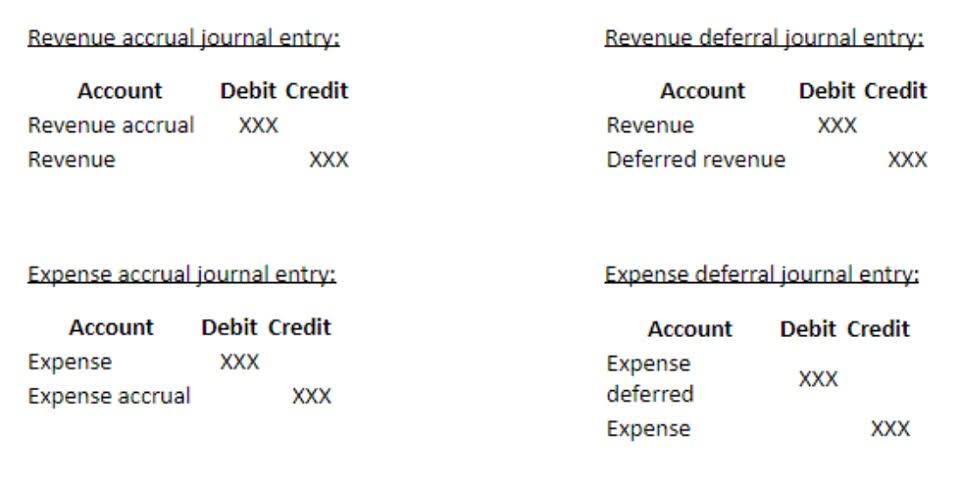
It’s important to calculate retained earnings at the end of every accounting period. Distribution of dividends to shareholders can be in the form of cash or stock. Cash dividends represent a cash outflow and are recorded as reductions in the cash account.
Retained earnings formula and calculation
- While a company often saves retained earnings to roll over into the new fiscal year, retained earnings can also be spent on reinvestments.
- This may mean that a company is either losing money and is experiencing some financial difficulty.
- In some cases, the repurchase may be seen as a sign of confidence and could increase the company’s common stock price and stockholder equity.
- If a potential investor is looking at your books, they’re most likely interested in your retained earnings.
Retained earnings, on the other hand, specifically refer to the portion of a company’s profits that remain within the business instead of being distributed to shareholders as dividends. The retention rate for technology companies in a relatively early stage of development is generally 100%, as they seldom pay dividends. But in mature sectors such as utilities and telecommunications, where investors expect a reasonable dividend, the retention ratio is typically quite low because of the high dividend payout ratio.

Factors that can influence a company’s retained earnings

The ultimate goal as a small business owner is to make sure you accumulate these funds. You can use them to further develop your business, pay future dividends, cover any debt, and more. One of the most important things to consider when analysing retained earnings is the change in the share of equity amount. If you have a decrease in retained earnings, it may show that your business’s revenue and activities are on the decline.

Are Retained Earnings a Type of Equity?

Your company’s retention rate is the percentage of profits reinvested into the business. Multiplying that number by your company’s net income will give you the retained earnings balance for the period. If you’re a small business owner, you can create your retained earnings statement using information from your balance sheet and income statement. While they may seem similar, it is crucial to understand that retained earnings are not the same as cash flow. Retained earnings represent the profits a business generates over time, while cash flow measures the net amount of cash/cash equivalents coming and and out over a given period of time. Retained earnings are the portion of a company’s net income that is not paid out as dividends.
The most obvious reason for negative retained earnings is a lack of profitability. If a company is not generating enough profits to cover its expenses, it will eventually accumulate losses and end up with negative retained earnings. This can be caused by a variety of factors, such as increased competition, changing market conditions, or inefficient operations. Movements in a company’s equity balances are shown in a company’s statement of changes in equity, which is a supplementary statement that publicly traded companies are required to show.
- In the first line, provide the name of the company (Company A in this case).
- Retained earnings can typically be found on a company’s balance sheet in the shareholders’ equity section.
- Start with the beginning balance, plus your net income, subtract dividends paid, and this will equal your yearly retained earnings.
- Retained earnings appear on the balance sheet under the shareholders’ equity section.
- In the short term, negative retained earnings may decrease shareholder confidence and make it more difficult for the company to obtain financing.
For a mature company, a potential investor should determine whether the negative earnings phase is temporary or if it signals a lasting, downward trend in the company’s fortunes. In the latter case, the rock-bottom valuation of a company with a long-term problem may reflect investors’ perception that its very survival may be at stake. Early-stage companies with negative earnings tend to be clustered in industries where the potential reward can far outweigh the risk—such as technology, biotechnology, and mining. The more liability a business assumes, the riskier it will be to investors, and the less likely it’ll be for you to borrow money and grow your business. Alternatively, a company with lower debt, or less liability, will appear less risky and more attractive to investors. Further, figuring your retained earnings helps your company work out cash projections and draw up a budget for the year ahead, which will also be necessary to shareholders.
Retained Earnings Formula: Definition, Formula, and Example
- From there, the company’s net income—the “bottom line” of the income statement—is added to the prior period balance.
- The higher the retained earnings of a company, the stronger sign of its financial health.
- It takes a leap of faith to put your savings in an early-stage company that may not report profits for years.
- You can use this figure to help assess the success or failure of prior business decisions and inform plans.
As an investor, one would like to know much more—such as the returns that the retained earnings have generated and if they were better than any alternative investments. Additionally, investors may prefer to see larger dividends rather than significant annual increases to retained earnings. For an analyst, the absolute figure of retained earnings during a particular quarter or year may not provide any meaningful insight. Observing it over a period of time (for example, over five years) only indicates the trend of how much money a company is adding to retained earnings. Another way to recover from negative retained earnings is to increase revenue by finding new customers or selling more to existing customers.
Want More Helpful Articles About Running a Business?
In rare cases, companies include retained earnings on their income statements. Retained earnings can typically be found on a company’s balance sheet in the shareholders’ equity section. Retained earnings are calculated through taking the beginning-period retained earnings, adding to the net income (or loss), and subtracting dividend payouts. Accumulated losses over several periods or years could result in negative shareholders’ equity.
Additional paid-in capital reflects the amount of equity capital that is generated by the sale of shares of stock on the primary market that exceeds its par value. Retained earnings are reported under the shareholder equity section of the balance sheet while the statement of retained earnings outlines the changes in RE during the period. In the long run, such initiatives may lead to better returns for the company shareholders instead of those gained from dividend payouts. Paying off high-interest debt also may be preferred by both management and shareholders, instead of dividend payments. For this reason, retained earnings decrease when a company either loses money or pays dividends and increase when new profits are created. In some cases, a company’s negative retained earnings may result from underlying problems with the business model or operations.
- However, selling new shares isn’t necessarily better than borrowing money.
- This figure can enter the red when accumulated net losses and dividends payouts exceed your previous profits.
- After a net loss, the deficit is carried over into retained earnings as a negative number and deducted from any balance left from prior periods.
- And while retained earnings are always publicly disclosed, reserves may or may not be.
- A business generates earnings that can be positive (profits) or negative (losses).
- On the other hand, though stock dividends do not lead to a cash outflow, the stock payment transfers part of the retained earnings to common stock.
Connecting small business owners with financing solutions
This was the case with Blackberry’s dramatic decline in 2013 due to the popularity of Apple and Samsung smartphones. This can also occur with technological advances that may render a company or sector’s products obsolete, such as compact-disc makers in the early 2000s. Growth activities might be what are negative retained earnings research and development, expanding premises, or hiring employees. Further, the retained earnings could be spent on outstanding loans, mergers and acquisitions, or improving infrastructure. With flexible features accessible from one place, MYOB simplifies business complexity to help you grow.

